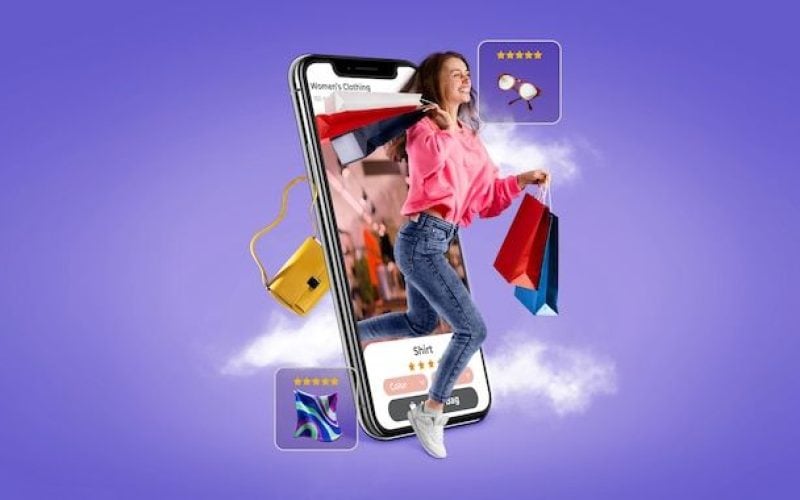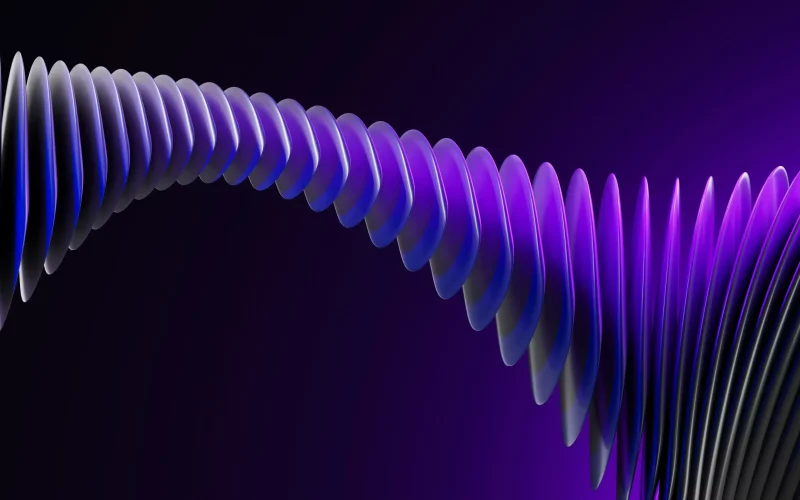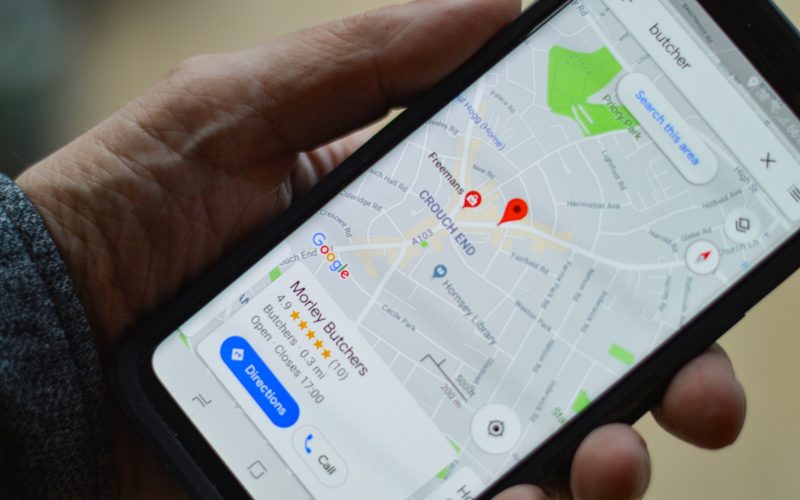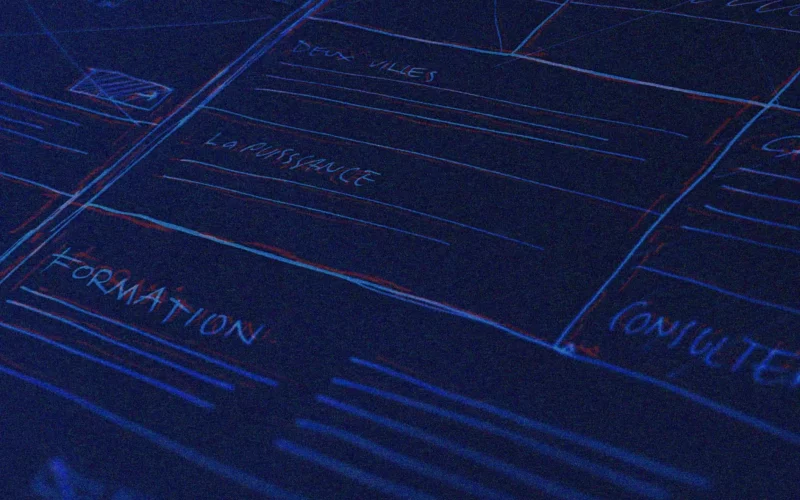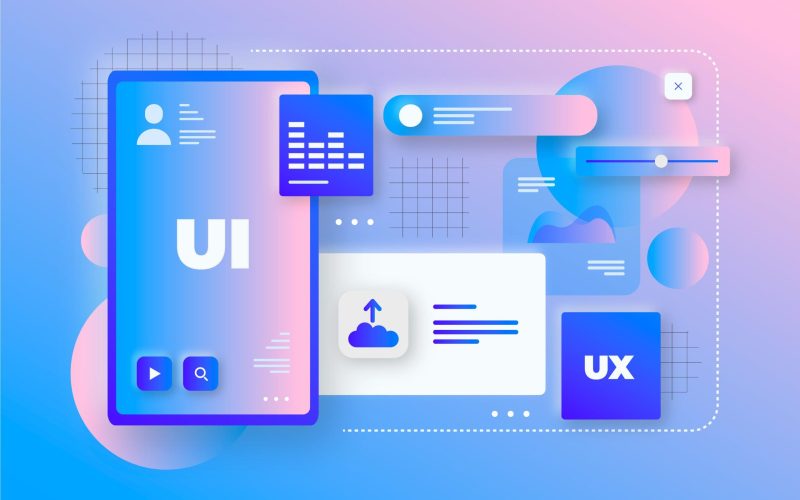Experiential websites are an adventure for the senses. They go beyond the typical transactional website to provide a delight to the user, either through sight and sound. However, the overall function of these sites is exactly what you think it is: an experience. In this article, we’re going to explore exactly what makes a website an experience and why it matters.
But what are they?
An experiential website is an online property designed to allow visitors to experience the brand, its services or its products, rather than simply reading or viewing them through text, images or videos. The website may use parallax, 3D content, augmented reality (AR), virtual reality (VR) or artificial intelligence (AI) to create the experience of what it would be like to interact with the products or services through interactive storytelling and design.
When creating a website, you must strike a balance between conveying information and providing an experience. With a more informative website, you rely on simple navigation and structure to help users find what they need. With a more experiential website, users are often guided in certain directions and presented with a framed story or argument, in the form of valuable content such as videos, photographs and animations.
Experimental websites can be exciting and visually stunning, but they are only effective if all the rich content helps achieve a business objective.
What it can bring to your brand
When you want to transcend the look and feel of a traditional website, experiential design can take your visitors to new places. Rather than focusing solely on increasing orders or generating new leads, experiential websites bring the audience closer to the brand by offering a more engaging experience through images, sound and user controls that are unexpected and surprising.
Where it benefits brands is in the opportunity to increase buyer confidence.
Think about the likelihood of someone buying glasses when they can use AR technology to “try them on” from their computer or apply the same technology to see how new furniture would look in one of their rooms.
Here are some examples of experiential websites that can give you some ideas of what is possible with extraordinary technologies and design elements.
BMW Affiliate System, by Several.

Virtual Franchise Fair, by Several.
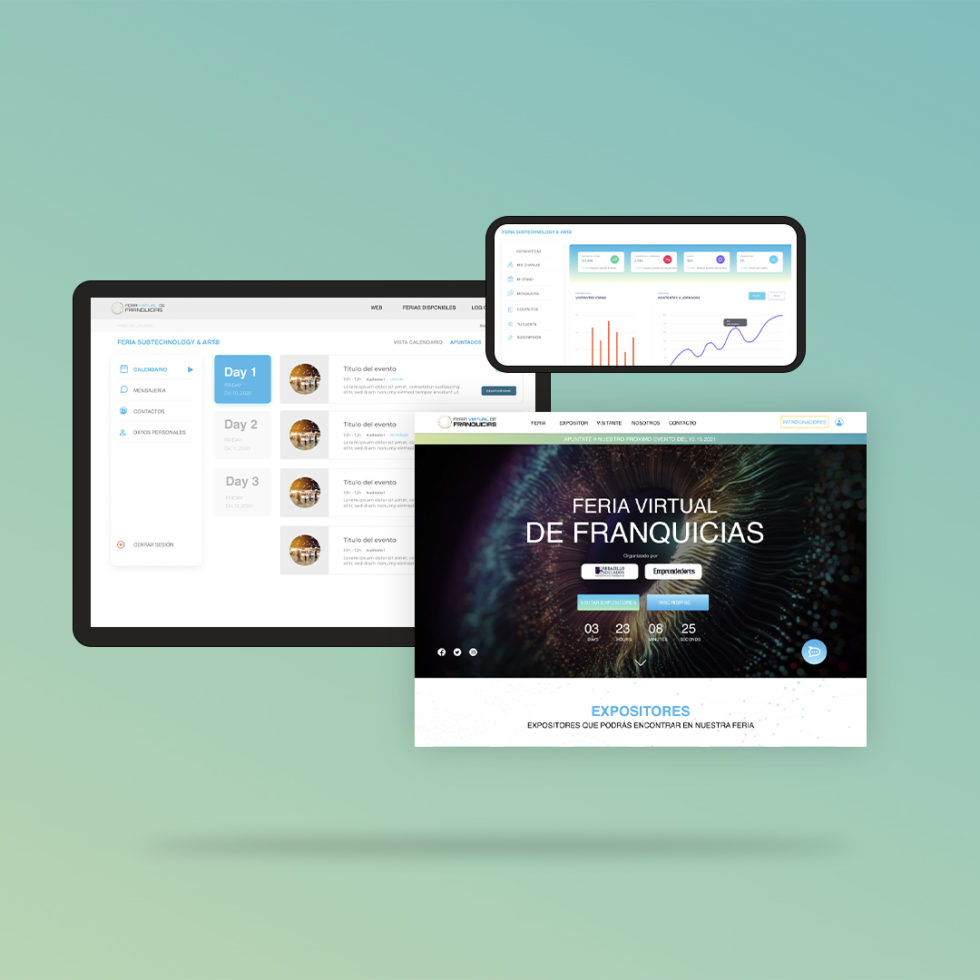
CHICA, by Several.

If you’re thinking of ways to make your brand’s website stand out, keep the visitor’s attention and make them respond, then experiential design might be the way to go. Consider your audience, your purpose and your goals to determine if creating an online experience will help you tell a story in a meaningful and exciting way for the end user.
Did you like our work and would you like to collaborate with us? Contact us here.

